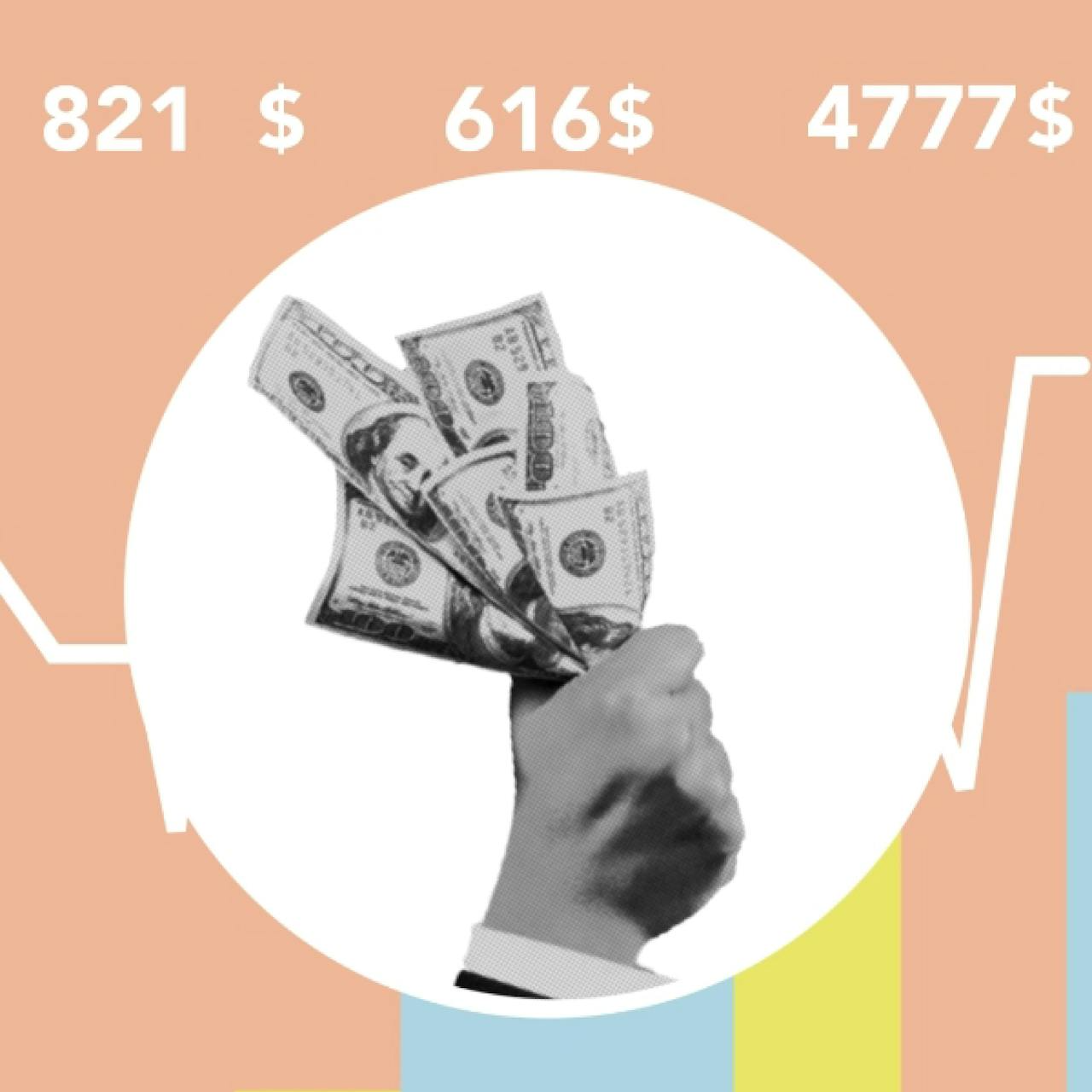How to Predict the 2023 COLA and Avoid Being Surprised by a Lower Annuity Payment

Some people are wondering how the 2023 COLA may affect their retirement income. Inflation already affects our national mentality. A question is raised regarding how large the 2023 COLA will be and how it’ll impact future federal retirement.
Last year’s 5.9% COLA (which began in January) was the highest in 40 years. The 2023 cost-of-living adjustment (COLA) might wipe away that record.
July 1982 was the last time the yearly COLA was higher than this year. Back then, COLA was different. 1982 COLA was 7.4%. Carter departed office in 1981. His biggest COLA was in 1980 – 14.3%.
If you recall listening to “Hurts So Good” (John Mellencamp) or “Eye of the Tiger” (Survivor), you probably weren’t paying much attention to inflation. These were July 1982 hits. You’re indeed nearing retirement age now, so the yearly COLA watch may be more interesting now than in 1982.
One prediction for the 2023 COLA is 7.6%.
Senior Citizens League expected a 5.3% COLA last year, FedSmith reported in June. Because inflation rose, the actual COLA was 5.9%. The COLA projection for 2023 might be too low as inflation rages on.
Senior Citizens League estimates 7.6% COLA for 2023.
This number might vary. If inflation continues unchecked, President Biden may have the same reputation as President Carter 40 years ago. The administration and Fed will work hard to avoid this, and interest rates are already climbing.
Social Security and federal annuity recipients should pay attention to the yearly COLA forecasts.
How is 2023 COLA calculated?
COLA calculation:
• Third-quarter (July-September) CPI-W figures are used.
• These figures are compared to the third-quarter average CPI-W last year (2021).
• Third-quarter averages for 2022 and 2021 are compared.
• If the average CPI-W rises in 2022, recipients will get the difference, rounded to the closest 0.1%.
• No modification is done if the data indicates deflation. That was the case several times under Obama.
• A 2023 COLA increase is improbable. The question is how much inflation will rise and what COLA will be.
COLA calculations differ for people under FERS and people under CSRS.
Calculating FERS COLA
• For FERS or FERS Special benefits, the COLA is equivalent to the CPI rise if the CPI increase is 2% or less.
• If the CPI rise is between 2% and 3%, the COLA is 2%.
• If CPI rises more than 3%, adjustment is 1% less than the CPI increase rounded up to the next whole dollar.
• A retiree or survivor annuitant must have received payments for a year to collect the full COLA.
• Both programs prorate the increase if a person hasn’t received the payment for a full year. Prorated accounts receive one-twelfth of the increment each month of benefits. In April 1982, COLAs first began.
• Children’s benefits adjustments are never prorated.
• FERS and FERS Special COLAs aren’t granted until age 62, except for disability, survivor, and other special provision retirements.
• FERS disabled retirees get the adjustment, except if their annuity is 60% of their high-3 average pay.
• Under FERS, CSRS components are subject to CSRS COLA calculation.
Calculating CSRS COLA
The percentage increase is applied to the monthly benefit before deductions for CSRS benefits. Payments are rounded to the next whole dollar.
These calculations include exceptions. According to OPM, a benefit won’t be increased if it would lead the annuitant to receive payments over any ceiling amount prescribed by law.
2023 COLA Calculation
Your 2023 COLA will depend on various factors, including which retirement system applies to you, how many months you’ve received retirement payments in the prior year if FERS special benefits apply to you, your age, and more.
If you need help with your case, contact your agency’s human resources office or a financial counselor that works with federal employees.
How will 2023 COLA affect 2022 retirees’ annuities?
People have been confused about many things regarding retirement and the 2023 COLA. Some question whether they should retire in December to get the 2023 COLA. Others question whether they should wait to see how much the COLA and the yearly payment will be and then decide based on which provides the greatest payment.
Some will be disappointed. Here’s why:
• To get the full COLA, you must’ve been receiving an annuity payment for a year.
• The COLA payout will be prorated if a person hasn’t been retired for a full year.
• Prorated payments are 1/12th for every month a retiree has received an annuity payment.
You’ll be disappointed if you intend to retire in November to get the full 2023 COLA. If you haven’t received annuity payments for a year, you may receive a modest amount of the yearly COLA adjustment.
Your annuity is based on your “high-3” federal salary years. The 2023 federal pay raise will likely begin in January, and current government employees will receive a raise month-by-month. The final 2023 federal pay raise amount and GS pay tables (General Schedule) won’t be released until late this year, usually mid to late December.
Popular posts

How to Pick the...
Key Takeaways: Choosing the...

Divorce and Your Federal...
Key Takeaways Divorce can...
Free Retirement Benefits Analysis
Federal Retirement benefits are complex. Not having all of the right answers can cost you thousands of dollars a year in lost retirement income. Don’t risk going it alone. Request your complimentary benefit analysis today. Get more from your benefits.
I want more